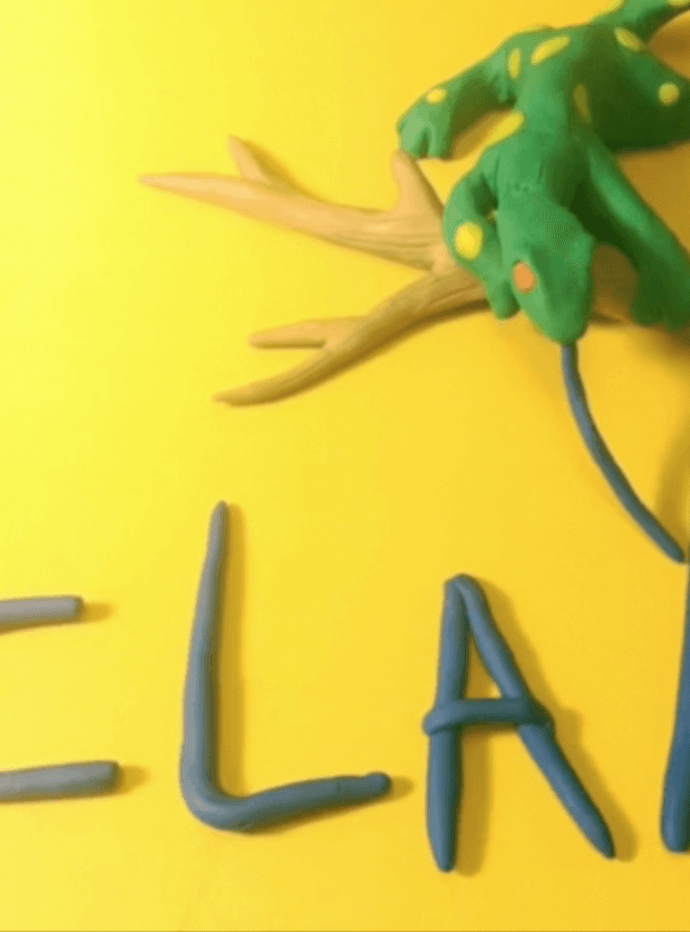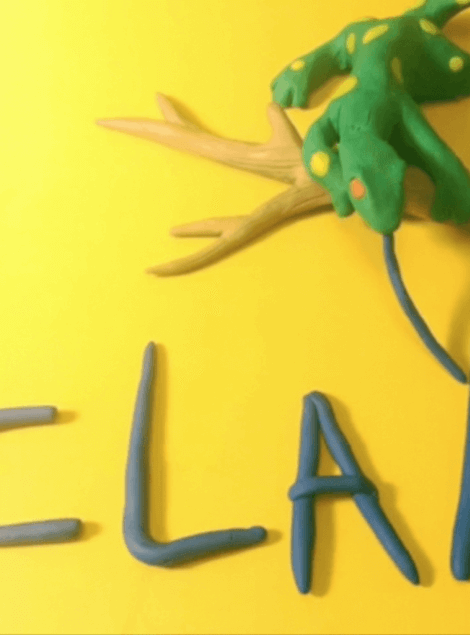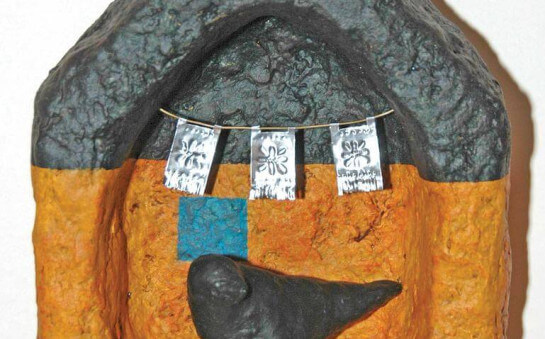Clay Animation

Clay animation combines the high tech equipment kids love to use with their ageless, timeless love for the tactile qualities of clay. It encourages teamwork and gives students the opportunity to learn through the hands-on process of creating. This engaging clay animation lesson incorporates art, academic curriculum, developmental skills, and multi-media technology and is appropriate for all grade levels. Students become involved in all aspects of this exciting lesson, and they will never again see a clay animation movie or video without understanding and appreciating the complexities of the process.
Supplies
- Camera or Camera Phone
- Video Editing Software or a Video Sharing App (like Instagram, Vine, ETC.)
- Freezer Paper (for working surface)
- Resealable Zipper Bags (for storage)
- Modeling Clay
- Potter's Needle Tool
- Hardwood Pony Roller
- Xacto Knife
- Wire

Clay Animation Video Tutorial
Use this quick video tutorial to help you get started making short and easy stop animation videos using a smart phone or camera!
Background Preparation
The art teacher should introduce an overview of animation and clay animation, helping students to understand how complex the process is. Show examples of professional clay animation videos and commercials. Explain that a professional clay animation video is approximately 30 frames per second. A one- minute clay animation video seen on television requires 1800 individual stop-action frames. Using simple equipment — a camcorder, TV/VCR, and audio tape player — it takes 40 frames for 10 seconds of video, 240 frames for a one-minute video, and 14,400 frames for an hour video. A one-minute student created video will require that the characters and scenes be moved and shot by the students 240 times in sequence.
Talk to students about the teamwork and cooperation. Explain that each student must be and will be involved all aspects of the project and that each must do his or her share. Remind students that clay animation is a process that can only be accomplished if it is done step-by-step.
Demonstrate the process for the students. Show them how a story line, characters and background sets are created and how video taping is done.
Emphasize design, texture, relationship of materials, craftsmanship, and detail.
Theme, Story, Title, Storyboard
After a theme has been determined, students should choose a title and discuss the theme. If research is involved, ask classroom or subject teachers to help provide resources and assistance.
Using their imaginations, students should create a story line about the theme. Remind them to keep the story simple and to limit the number of scenes.
Determine the number of scenes. Create a storyboard from the story line and calculate the single frame movements necessary.
Teams for Scenes
Divide the class into the same number of groups as there will be scenes. Each group will work on all aspects within the scene, creating characters and background sets and video taping.
Scenes can be three-dimensional (vertical) like a stage or horizontal (flat, like a relief) where the characters and objects lay flat on the background. If the class is doing a number of scenes, have some be vertical and some horizontal.
The vertical background can be created from curved masonite. A curved, rather than right angle, seam gives an illusion of depth.
Sets
Explain that creating the background and sets is like creating a relief and that creating the characters and objects is like creating sculptures.
Backgrounds (sky, clouds, trees, sun, stars, etc.) are constructed by pressing small chunks of modeling clay on to the masonite board.
Use solid core copper wire as armature for the clay people and objects. The wire provides stability and ease of movement.
Figures
To make figures, show students how to mix and blend colors for flesh tones and other colors. For control and handling, form head and face over eraser of pencil.
Rehearsal and Filming
Once backgrounds, objects, and characters are finished, students should decide where the people and objects should go in the scenes.
The story is recorded onto video tape by moving the characters short distances and taking single frame pictures of the scene. This process is repeated over and over until each scene is completed.
Sound and Dialogue
Students should write a script that includes dialogue, narration, and background music. When the script is recorded, it is then dubbed onto the completed video tape.
Follow-Up Ideas
Some successful ideas for clay animation videos include “How an Apple Grows,” the study of the life cycle by second grade students “Travels through Electricity,” the study of how coal is processed and generated into electricity by fifth grade students “Fun at the Amusement Park,” a creative writing language arts lesson by fifth grade students “Journey to Outer Space,” the study of planets by fourth grade students “Building a Rainbow,” a lesson in positive values and self esteem by elementary students “Afrocentricity on the Move,” a story about graduating from high school, overcoming obstacles, and succeeding in life by high school art students.
Show complete videos to student body and to parents and visitors at open houses and other school events.



